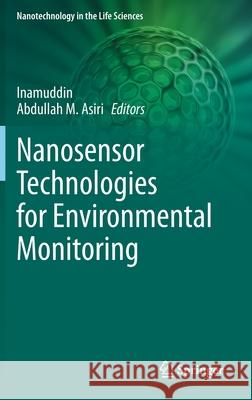Nanosensor Technologies for Environmental Monitoring » książka
topmenu
Nanosensor Technologies for Environmental Monitoring
ISBN-13: 9783030451158 / Angielski / Twarda / 2020 / 529 str.
Nanosensor Technologies for Environmental Monitoring
ISBN-13: 9783030451158 / Angielski / Twarda / 2020 / 529 str.
cena 684,33
(netto: 651,74 VAT: 5%)
Najniższa cena z 30 dni: 655,41
(netto: 651,74 VAT: 5%)
Najniższa cena z 30 dni: 655,41
Termin realizacji zamówienia:
ok. 22 dni roboczych
Dostawa w 2026 r.
ok. 22 dni roboczych
Dostawa w 2026 r.
Darmowa dostawa!
Kategorie:
Kategorie BISAC:
Wydawca:
Springer
Seria wydawnicza:
Język:
Angielski
ISBN-13:
9783030451158
Rok wydania:
2020
Wydanie:
2020
Numer serii:
000835759
Ilość stron:
529
Waga:
0.92 kg
Wymiary:
23.39 x 15.6 x 3.02
Oprawa:
Twarda
Wolumenów:
01
Dodatkowe informacje:
Bibliografia
Wydanie ilustrowane
Wydanie ilustrowane











